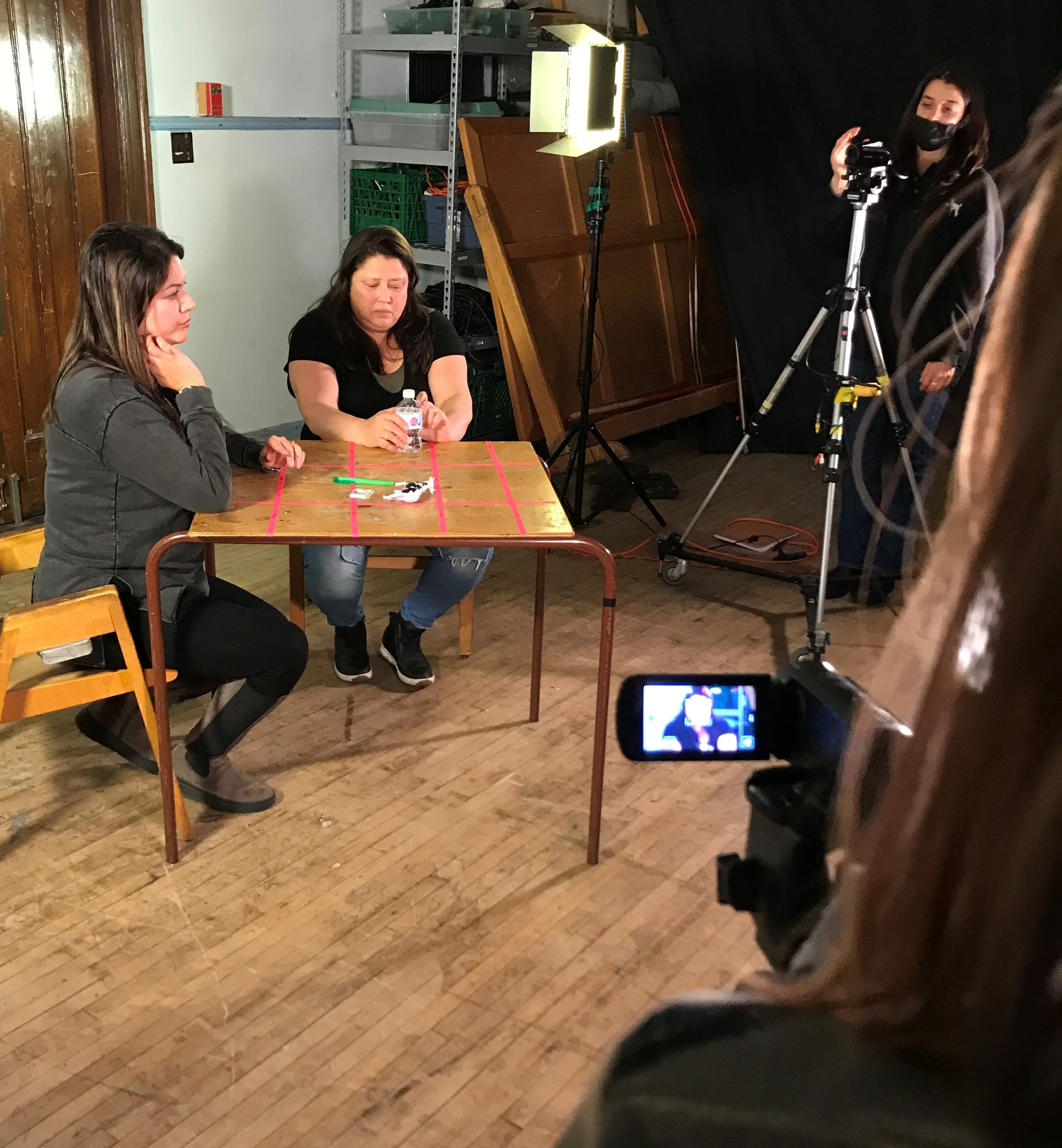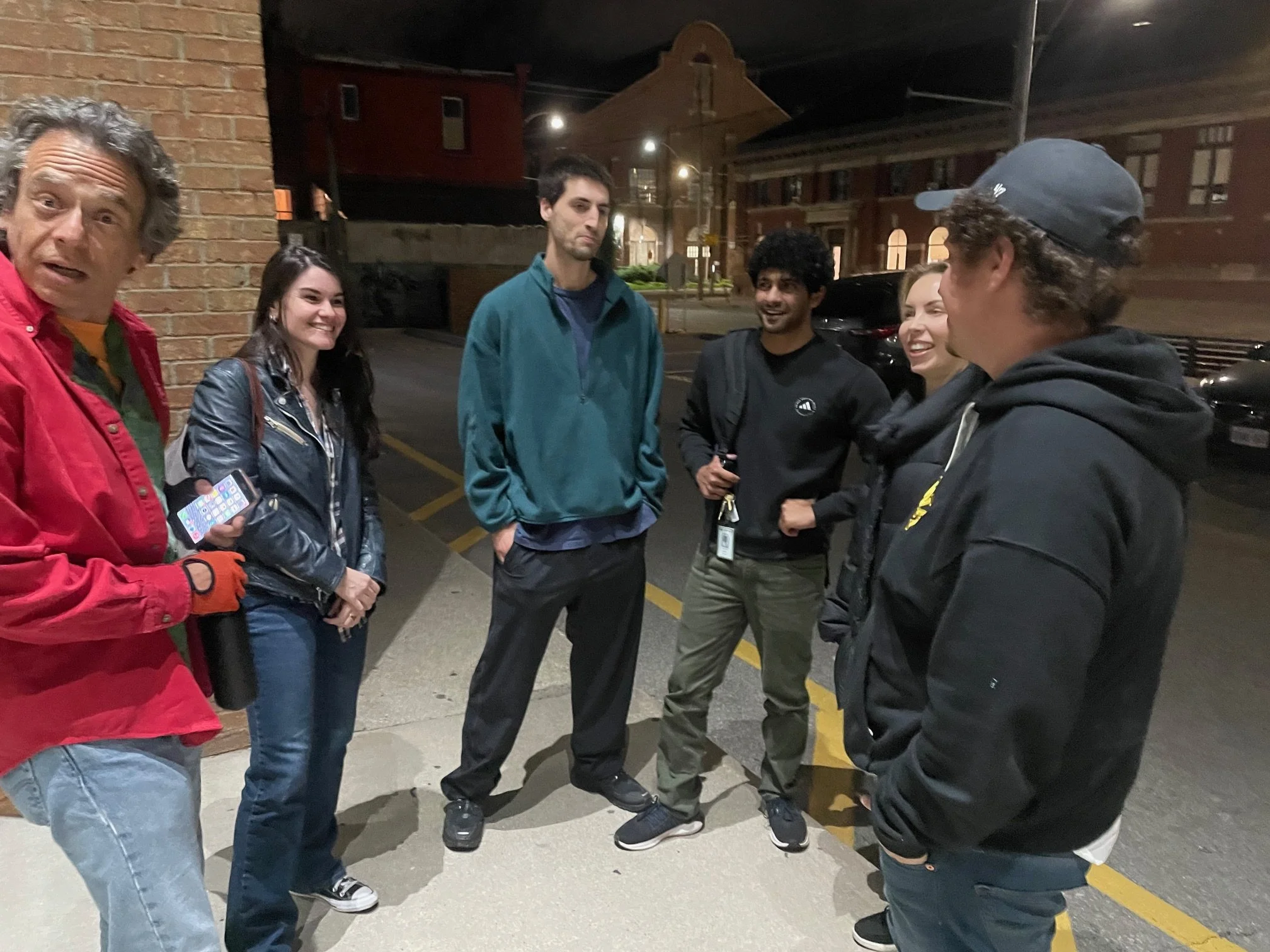Everything happens in threes.
/You’ll find threes in the scenes you learn, the movies you act in and life around you.
As an actor working in film and television, your interest in three can be both specific and broad.
Specifically, as you examine the script you may notice parts of the writing are in groups of three. A speech giving the character’s position could do it in three lines. Each line adding and furthering the position.
Then, within the line itself there may be three words elucidating the point of the line. They could be modifiers, nouns or even verbs.
Seeing that structure of threes may give your mind something it likes and can hold onto. In TV the cop may list three clues, the lawyer give three arguments and the doctor offer three options for treatment.
Knowing that your next moment in the scene has three parts to it can give you confidence.
Broadly, some examples of threes comes to mind: the rule of threes in cinematography; the Latin phrase omne trium perfectum—everything that comes in threes is perfect; a tricolon - where words or phrases are equal in length and grammatical form; fairy tales with three wishes; Macbeth’s three witches: ‘Thrice to thine and thrice to mine, And thrice again, to make up nine’; father, son, the holy ghost; the good, the bad and the ugly.
Thesis, antithesis, synthesis; the three-act structure; in folklore deaths come in threes; veni, vidi, vici; comedy writing – line, line, joke; and mother, father, child.
Threes are in the writing you interpret and in the culture reflected in the movies you act in. Experience how it can serve you.
Of course, not everything happens in threes.









